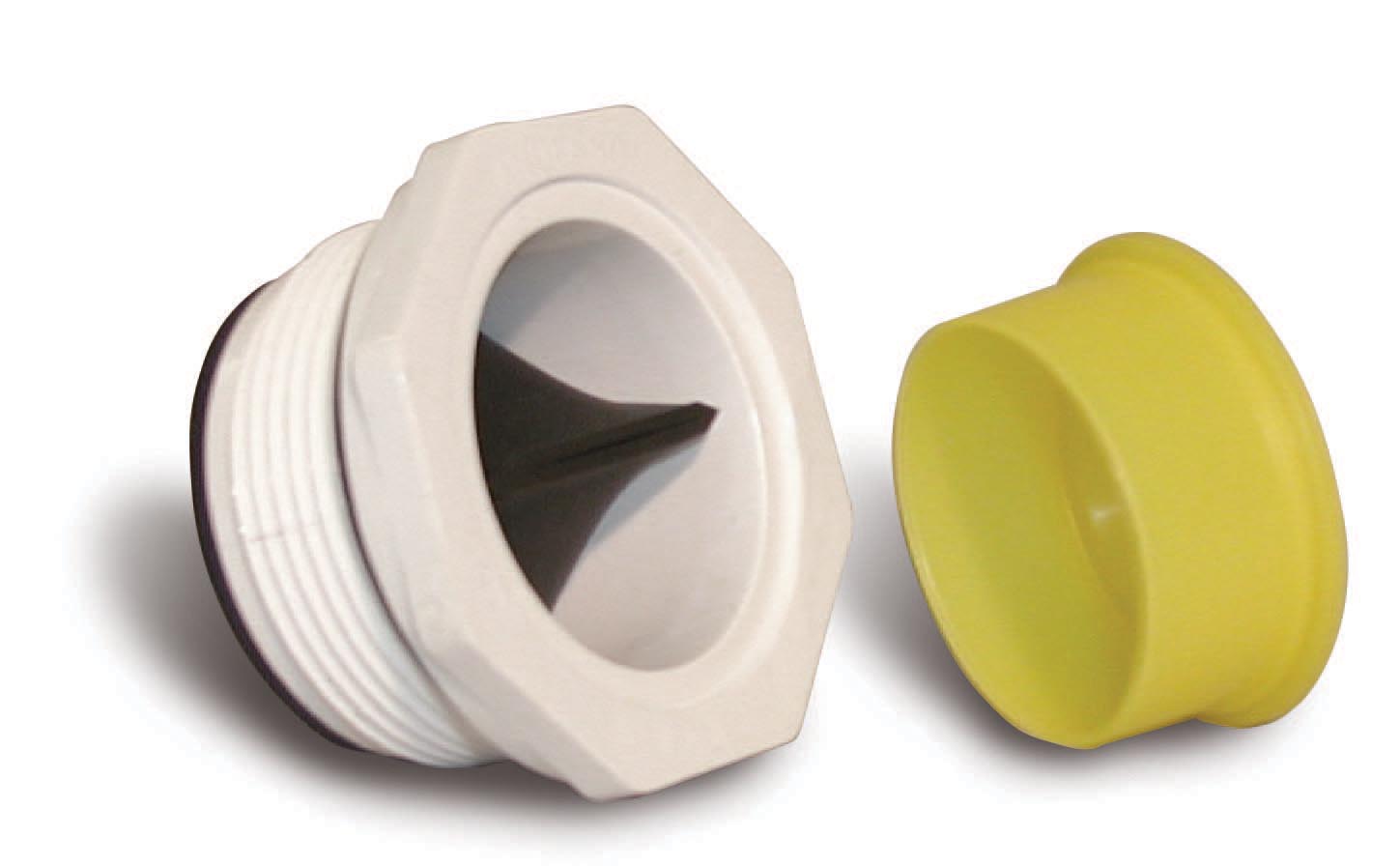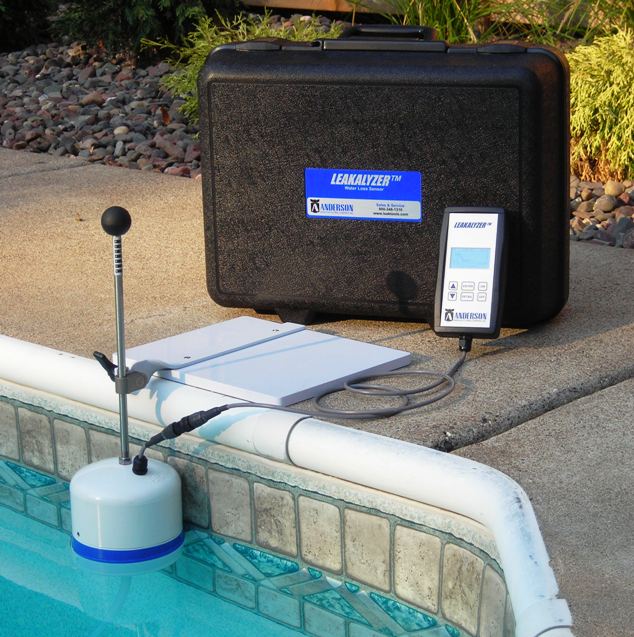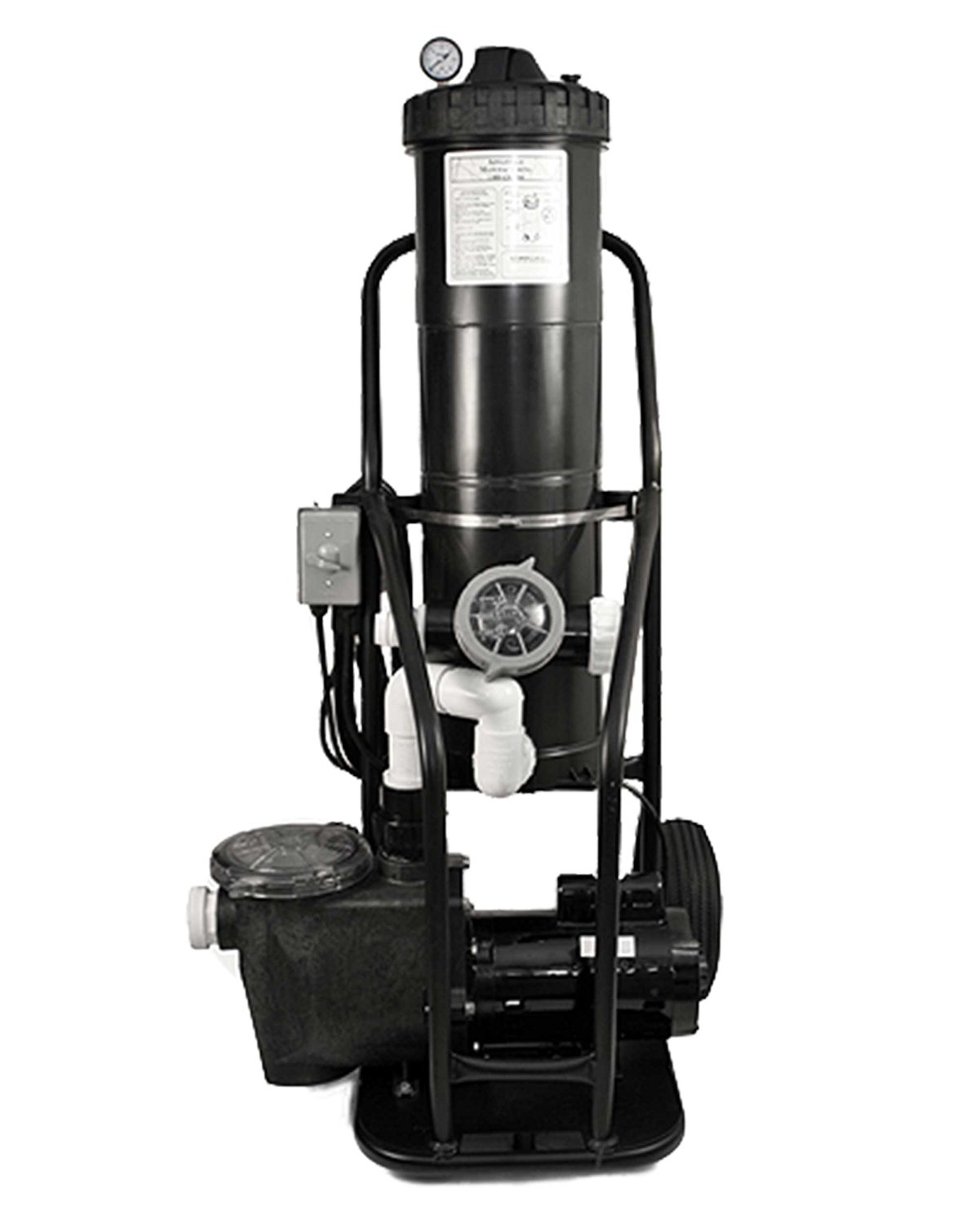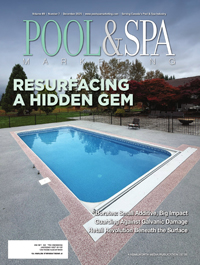Understanding the electromechanical process of galvanic corrosion
How to reduce the risk
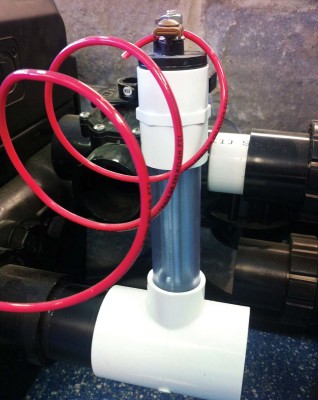
Despite the risks described, there are ways to reduce the chances of damage. In pools, the least noble metal in the galvanic couple becomes the anode and assumes the brunt of damage as a result of galvanic corrosion. This process of protecting certain metals by making them the cathode in a galvanic couple is called cathodic protection.
Sacrificial anodes
Cathodic protection involves adding sacrificial anodes to the pool to become the primary line of defense against galvanic corrosion. For example, an active metal such as zinc (Zn) will be the most inclined to decay as it will become the least noble metal in the pool.
Since it is not possible to stop or prevent galvanic corrosion given the nature of how pools are built, the next best thing is to try and control any possible damage by providing a sacrificial anode to decay rather than less serviceable pool components. An inline sacrificial anode is a small plumbing fixture typically made with a zinc rod connected to a bonding lug. The zinc will be the least noble metal in the pool water and the bonding lug will provide an additional low-resistance path to ground for any currents that develop as part of the galvanic corrosion process. While the sacrificial anode will serve to provide a general level of protection for the pool system, localized anodization of components can still occur in some areas.
Additional anodes
Since most pools are quite large, a single anode located in the pump room will only protect against a portion of the total potential for damage. Adding additional anodes to the pool will increase protection; however, it is not realistic to think the more anodes added will eliminate any and all damage.
The amount and, more importantly, location of metal components in the pool system is such that it is not always possible to have anodes everywhere they need to be. Much as the name suggests, the anode metal is sacrificed in providing protection to the cathode and must be able to be replaced as it deteriorates. Zinc anodes made to connect directly to handrails and ladders, as well as zinc discs which are intended to sit in the skimmer basket are available.
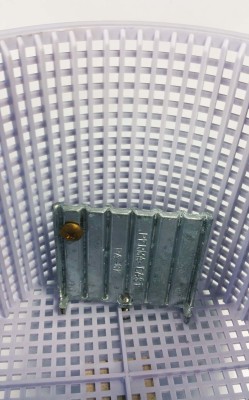
Improved bonding grids
Bonding grids should also be updated to current standards on older pools where their condition, or existence, is in question. This would be applicable to most large-scale renovation projects where steel components (e.g. walls, ladder anchors, light niches, and coping) can be accessed.
Due to the general misunderstanding of how pool grounding and bonding works—especially on older pools—many were not installed correctly. Therefore, when undertaking an extensive pool renovation project, it is strongly recommended that a bonding grid system be installed, along with proper grounding of all equipment—especially if the client wants a saltwater chlorine system.
Lower salt levels
The destructive currents caused by galvanic corrosion are directly tied to the level of salt in the pool water. For this reason, using a saltwater chlorine generator that operates at lower salt levels will reduce the harmful effects on the pool. Previously, it was common to have saltwater systems that operated between 2800 and 4000 ppm sodium. Recently, however, systems have become available which operate effectively at levels closer to 1500 ppm. If saltwater chlorination is an option, consider installing low salt units to reduce the potential for pool damage.
In the know
Without questioning the validity of the product itself, the reality is, adding salt to a pool increases the potential for damage. Understanding the nature of the problem will go a long way in helping to understand why galvanic corrosion is a concern and what can be done to control it. Keep in mind, there is no silver bullet solution that will guarantee complete protection against this destructive process. This is a fact every pool owner considering saltwater chlorination should consider to make an informed decision about what is best for them and the longevity of their pool.
 Steve Goodale is a second-generation pool and spa expert from Oakville, Ont. In addition to owning Green Pools and A Better Pool Company, he is also an Internet developer and author of www.swimmingpoolsteve.com. He can be reached via e-mail at swimmingpoolsteve@gmail.com.
Steve Goodale is a second-generation pool and spa expert from Oakville, Ont. In addition to owning Green Pools and A Better Pool Company, he is also an Internet developer and author of www.swimmingpoolsteve.com. He can be reached via e-mail at swimmingpoolsteve@gmail.com.

